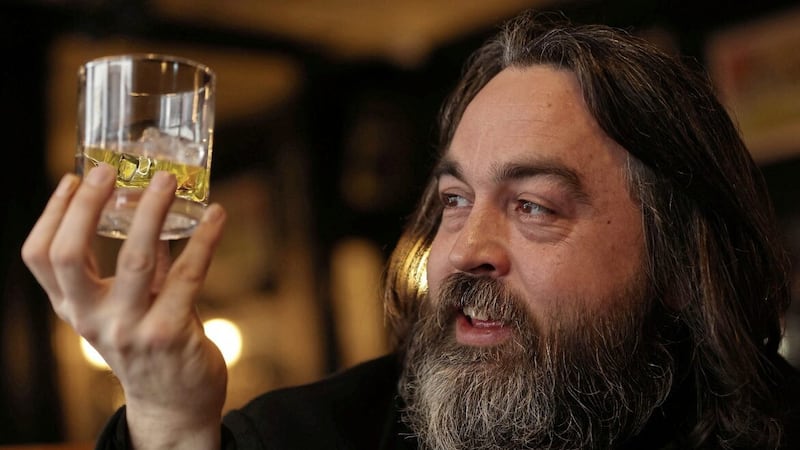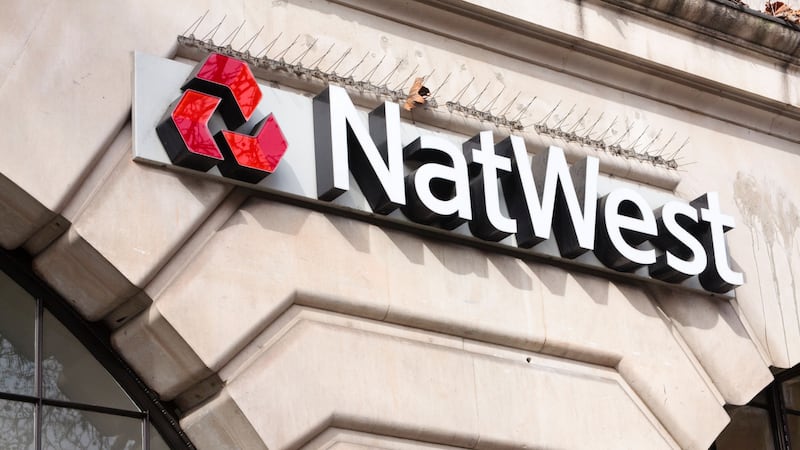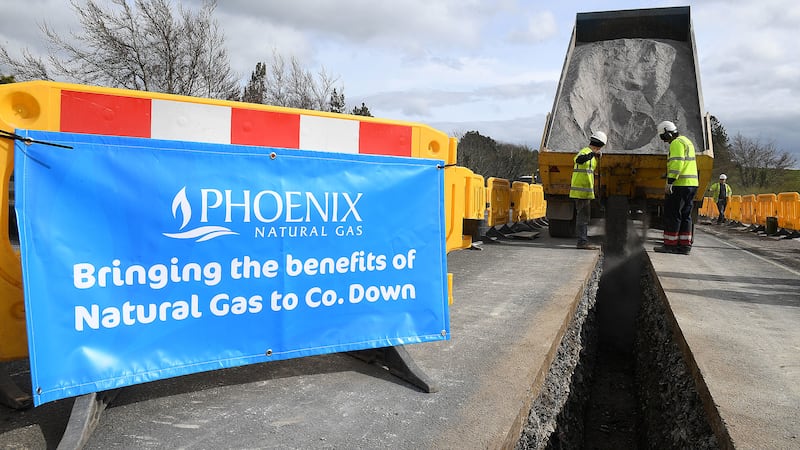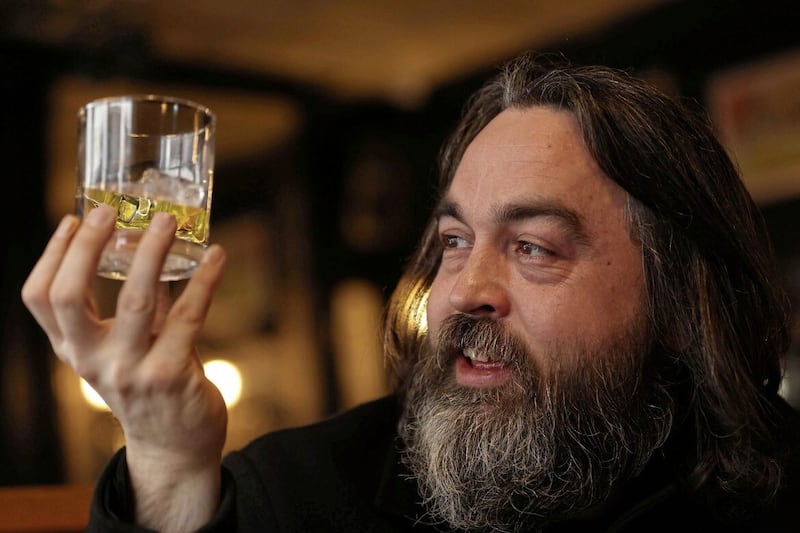THE story of Belfast’s industrial heritage is typically dominated by tales of ships, rope and linen.
Whiskey seldom gets a mention. But that is changing.
The opening of two new distilleries this year in the Titanic Quarter and the Crumlin Road Gaol has sparked fresh interest in Belfast’s historic spirits industry, which in the late 19th century and early 20th century, rivalled Dublin as the epicentre for global whiskey production.
At that time, around 70 per cent of the world’s whiskey was Irish, with a significant proportion of it being made in Belfast.
At their height, the city’s main distilleries – Dunville & Co, Avoniel, Cromac and the Irish Distillery - were sending tens of millions of litres of Belfast-made whiskey all over the world every year.
They and the other Ulster distilleries supplied smaller merchants, traders and bonders, who sold their own branded whiskey all over the country.
But by 1935 it was all over in Belfast. A combination of US prohibition and the trade fallout post-partition wreaked havoc on the island’s once thriving whiskey industry.
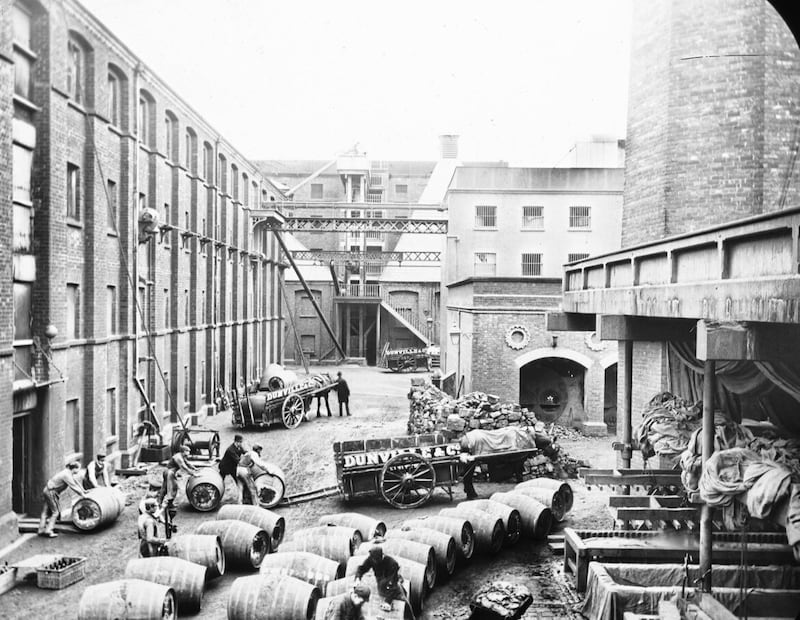
It has taken 88 years and a renaissance within the Irish industry to bring legal distillation back to Belfast.
Titanic Distillers will shortly commence production in the historic Thompson Dock Pumphouse, while the Belfast Distillery Company is due to complete its Crumlin Road Gaol project by the end of year.
Both distilleries have embraced the story of Belfast’s historic prowess for industry and whiskey in particular.
The best known name from Belfast’s whiskey apex, Dunville’s, is also back on the shelves.
The Echlinville Distillery on the Ards Peninsula has resurrected the brand, and multiple industry awards suggests it has done the famous name justice.
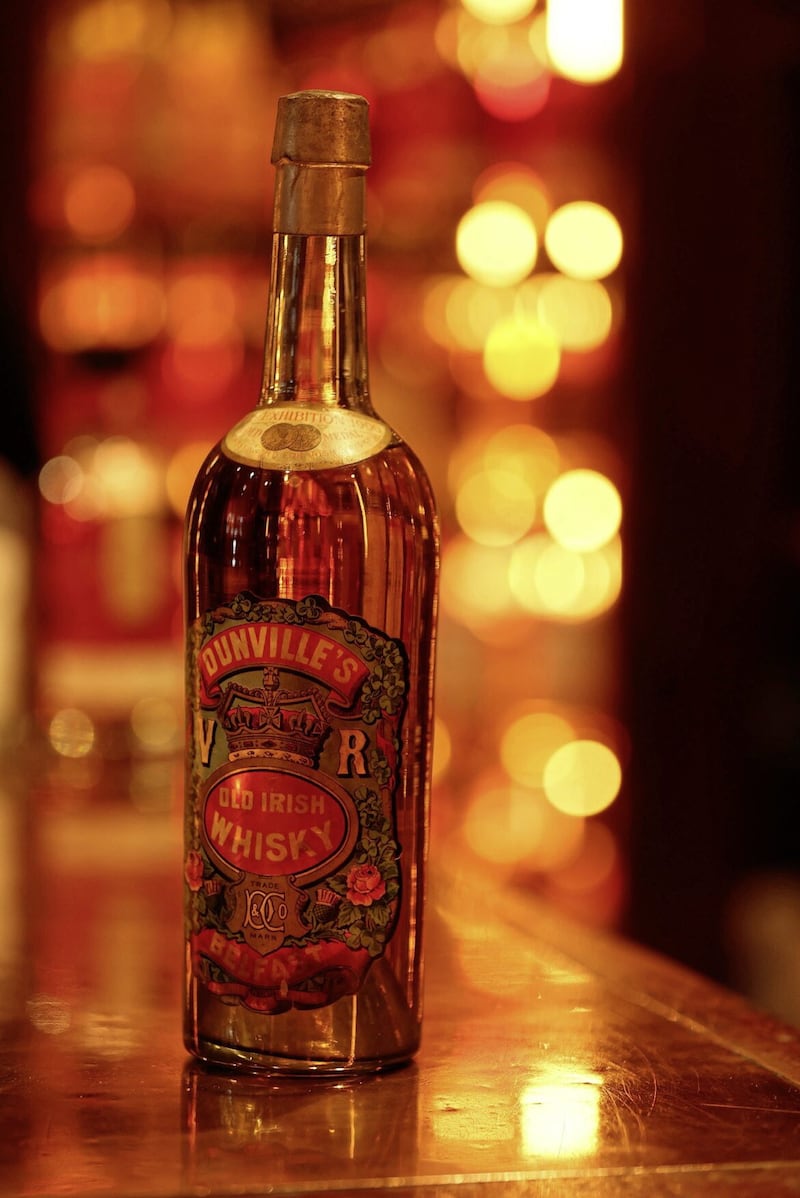
Conor Owens of Belfast Hidden Tours has been telling the Dunville’s story for a number of years. But with distillation back in town, he’s planning a new series of tours and even a new whiskey trail.
“Technically this city is the home of whiskey in the world,” he said.
“But it strikes me that we don’t know our own history. It’s a shared history and that aspect made me interested in finding out more.
“The whiskey industry is only getting bigger and better here. And we’re a city that’s only starting to tap into that story. It’s exciting.”
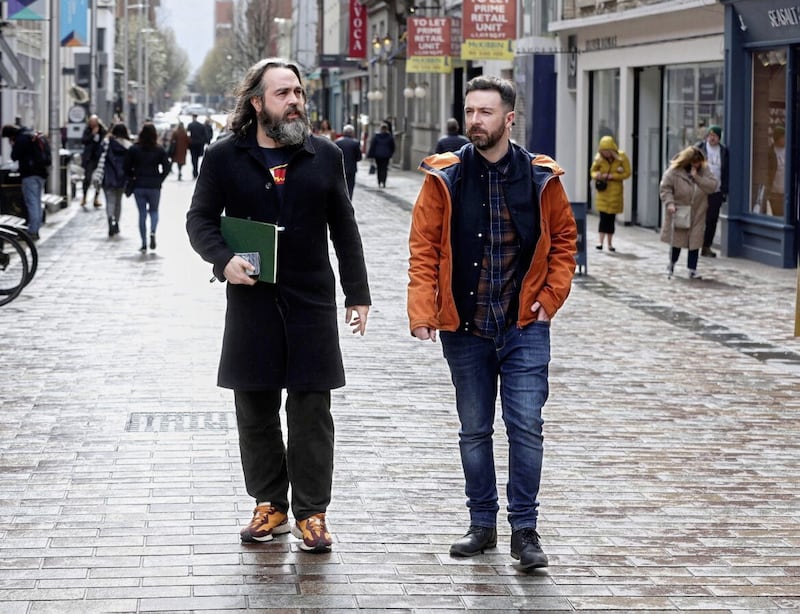
In 1759 McKelvey became the first legal distillery in Belfast. Over the ensuing 150 years, large bonded warehouses became a common fixture around the city centre.
In that time, the Dunville family became synonymous with the elite of Belfast. Yet their whiskey story has humble origins, when in 1801, a 16-year-old John Dumvill (he would later change his name) walked into Napier & Co whiskey blenders and tea importers on Bank Street as an apprentice.
By 1808 he was a partner and his name joined William Napier’s over the door of 13 Bank Street. By 1825 the company became Dunville & Co and its headquarters moved to Calendar Street, and John took up residence in Donegall Square East.
Expansion of the headquarters would see the building face onto Arthur Street.
Ironically, Dunville’s city centre base is now home to Belfast’s biggest rum bar, Revolucion de Cuba.
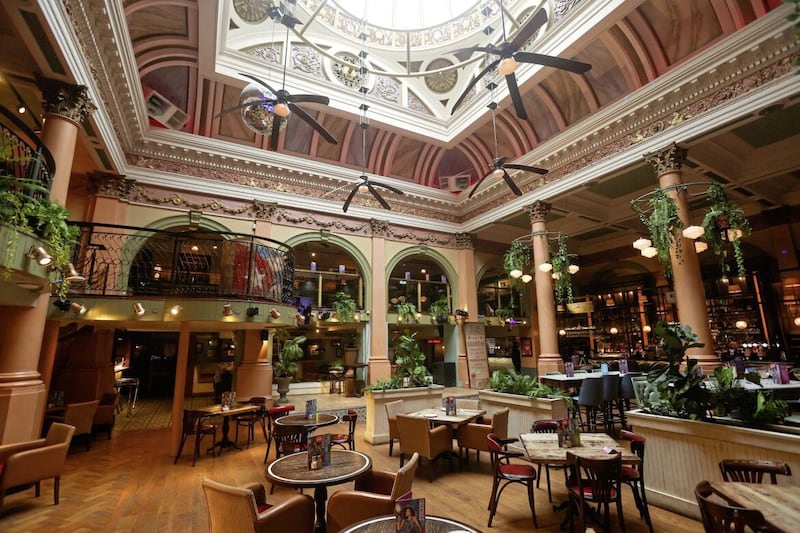
In 1869, Dunville & Co developed the Royal Irish Distilleries to the west of the city centre, next to the Great Northern Railway line.
By 1890, records show the distillery was producing 2.5 million gallons (11 million litres) of Irish whiskey each year.
While Dublin’s distilleries shunned the new column still invented by Irish taxman Aeneas Coffey, Dunville’s decision to install one in 1900 almost certainly made its distillery one of the biggest, if not the biggest, producer of whiskey on the island.
Capable of continuous distillation, the column still produced cheaper whiskey at a much higher speed than the traditional Irish pot still, and almost any grain could be used.
Jim Ingram from the Friend at Hand whiskey shop and museum in Belfast’s Cathedral Quarter said Dunville & Co’s willingness to innovate saw it bridge the Irish and Scotch whiskey industries.
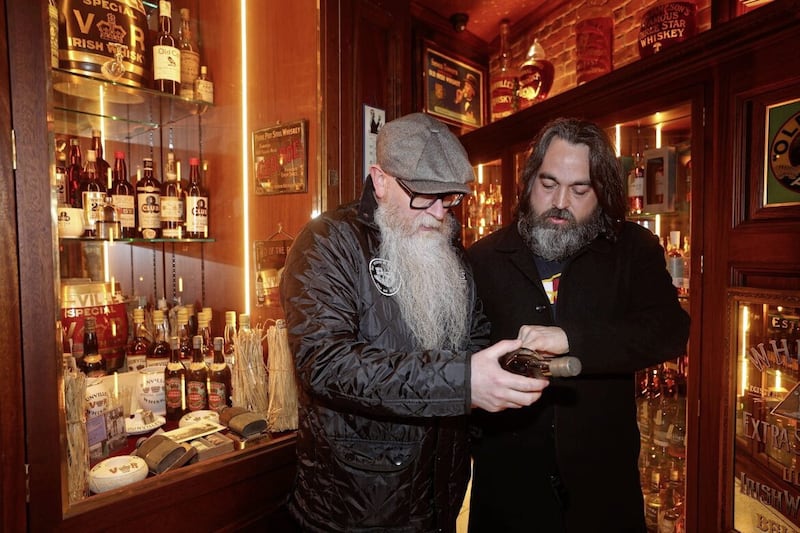
“Dunville’s alone was producing most of the grain whiskey that was going into Scotch blend back in the early 20th century,” he said.
“We were taking on innovation in Irish whiskey in Northern Ireland. But it was all forgotten about.”
By the end of the 1920s, Dunville’s and its 160ft red brick chimney was the only distillery left standing in Belfast.
“Prohibition was the nail in the coffin,” said Jim.
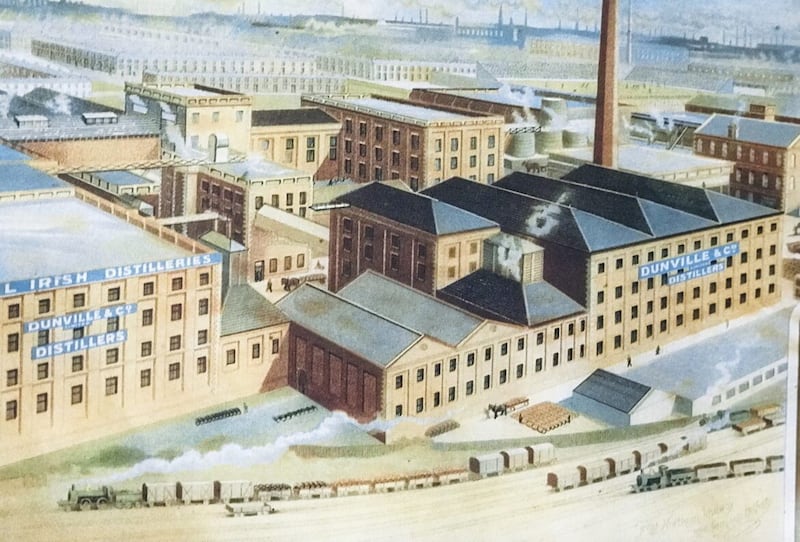
Yet, despite all the hardship and challenges, Dunville & Co was still making a profit when its board stopped production in 1935 and liquidated the business the following year.
Prudent or folly, it’s hard to say. By 1935 and after five generations of success, there was no suitable member of the Dunville family to lead the business.
Yet the decision still raises eyebrows almost 90 years on.
Aside from the Distillery Street name, little now remains of the once industrial hub that employed around 500 people in the west of the city. Much of site next to the Grosvenor Road now forms part of the A12 Westlink.
